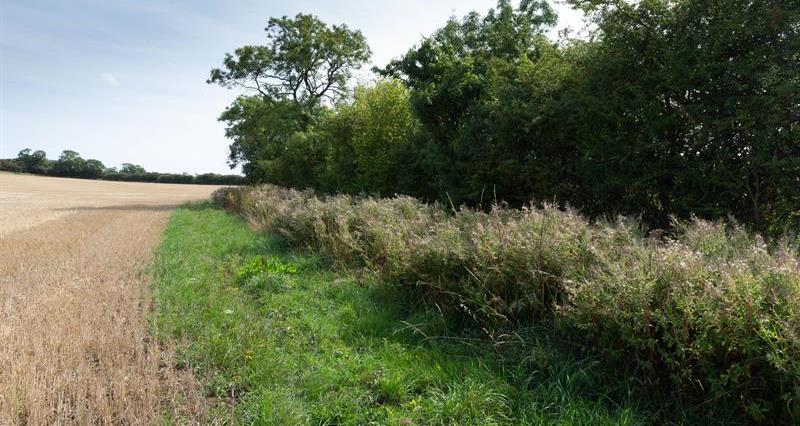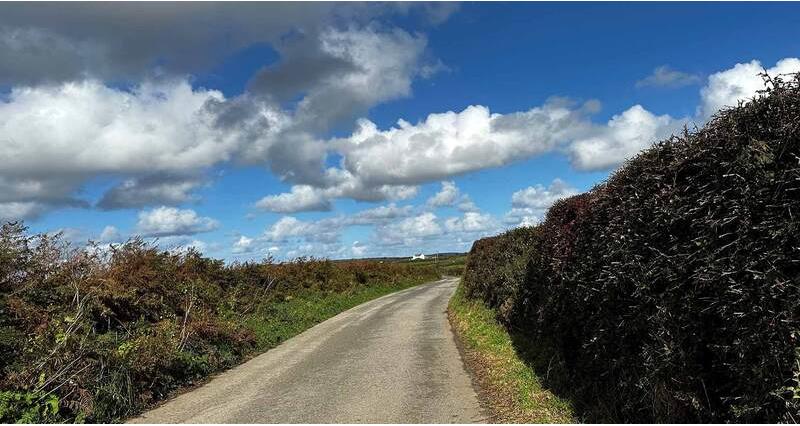The legislation follows DefraтАЩs consultation last year during which the NFU submitted a detailed and considered response based on member feedback.
Defra is opting for a continuation of two metre buffer strips and a no-cutting period, a reduction in red tape, and a cooperative approach to enforcement and sanctions.
Defra has reported that more than 95% of respondents supported plans to maintain a no-cutting period and hedgerow buffer strips.
The regulations include a two metre buffer strip from the centre of hedgerows, with no cultivation or application of pesticides or fertilisers in most cases, and a no-cutting period between 1 March and 31 August to protect nesting birds.
Read our deep dive on the regulations.
Further measures
The RPA will continue its role as regulator with a default position of providing advice and guidance in the first instance, to help farmers comply with the regulations.
A consultation on new civil and criminal sanctions to enable the RPA to take appropriate and proportionate actions against anyone causing serious or repeated damage will be held in тАШdue courseтАЩ.
A key change is the new тАШstreamlined notification processтАЩ for farmers needing an exemption to cut hedges in August if they are sowing oilseed rape or temporary grass, which replaces the previous two-week waiting period.
тАЬBalancing the need to continue protecting hedgerows while producing food on farms is vital for our food security.тАЭ
NFU Vice President Rachel Hallos
This was a key NFU ask for if the exemption was to continue to be handled in this way.
Farmers will be required to notify the RPA in writing of their intention to sow in specific fields before planting, simply wait for RPA email receipt confirmation, therefore removing the time the RPA used to take to turnaround requests and gaining permission.
As long as you meet the rules of this provision, you only need to make sure your notification is received by the RPA. You should make sure you receive an acknowledgement of your notification from the RPA before carrying out any work.
Simple, fair and proportionate
NFU Vice President Rachel Hallos said it was тАЬencouragingтАЭ to see that Defra had listened to farmers.
тАЬHedgerows are an important part of our farming heritage with farmers and growers taking great pride in managing hundreds of thousands of kilometres of them in various forms and shapes, supporting biodiversity,тАЭ she added.
тАЬBalancing the need to continue protecting hedgerows while producing food on farms is vital for our food security.
тАЬThese new regulations will help support the proactive management of hedges in our farmed environment, allowing timely management via hedge laying, coppicing, nurturing and protecting of newly established hedges and maintaining earth banks where hedges are located on them.тАЭ
Rachel said the NFU will work to continue to ensure тАЬthat the simpler, fairer and more proportionate ways to enforce this new legislation works for allтАЭ.┬а┬а
Key dates
Cutting and trimming rules came into force on 23 May, meaning we are now in the non-cutting or trimming period unless exemptions┬а apply.┬а
The rules regarding buffer strips also came into effect immediately in certain cases. To find out more about how and when the rules are due to come into force, visit our essential information page: Hedgerow management rules: new legislation update.
These regulations will sit alongside the existing Hedgerows Regulations 1997 which prohibit the removal of countryside hedgerows, or parts of them, without first seeking approval from the Local Planning Authority.┬а
The Wildlife and Countryside Act 1981 meanwhile prohibits the killing, injuring or taking of wild birds, or taking or damaging their eggs and nests.
More from ╗╩╝╥╗к╚╦:

The future of hedgerow protections тАУ government publishes response


